The Council of Architecture (COA) has been constituted by the Government of India under the provisions of the Architects Act, 1972, enacted by the Parliament of India, which came into force on 1st September, 1972. The Act provides for registration of Architects, standards of education, recognized qualifications and standards of practice to be complied with by the practicing architects.
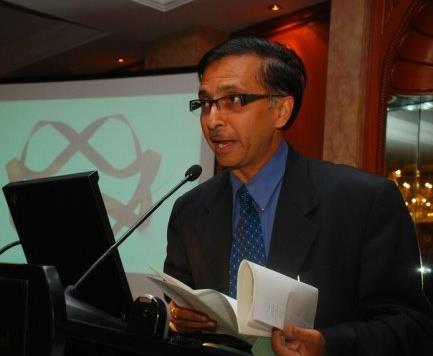
In an interview to ArchitectureLive! Vijay Garg who is part of the newly elected Executive Committee of the CoA, India, shared that strengthening Architecture Education is his top priority. In the coming three years, the CoA will actively work to improve the standards of architecture education and practice in India.
AL! – Heartiest Congratulations on being elected as the Vice President of the Council of Architecture. The fraternity of Architects, including many young architects who are part of this portal, have many expectations from the new team of the CoA. Thus, we hope these set of questions will facilitate better understanding of the COA’s role in shaping the professional and academic future of Architects in India.
What is the biggest challenge you see, which needs to be addressed on the priority?
VG: Education first, as it is the backbone of the profession, and the current state of the affairs in the profession is mainly due to deficiency issues with the Architecture Education in India.
While we have a huge number of colleges, about 430+, and around 50-60 applications are still pending with the CoA, almost 50% colleges, severely lack the adequate infrastructure and faculty. The CoA must come tough on such Institutions for ensuring the future of young Architects and thereby the profession. The CoA and the Government have to work together to bring in the positive change for ensuring that People running private institutions with vested interests should not become the driving forces for Architectural Education in India.
Working in Public Interest
The CoA needs to focus on the important issues of public interest for developing a People Approach, to bring active participation of general public to work with Architects in finding solutions to growing urban problems, thereby uplifting the image of the CoA while helping the profession.
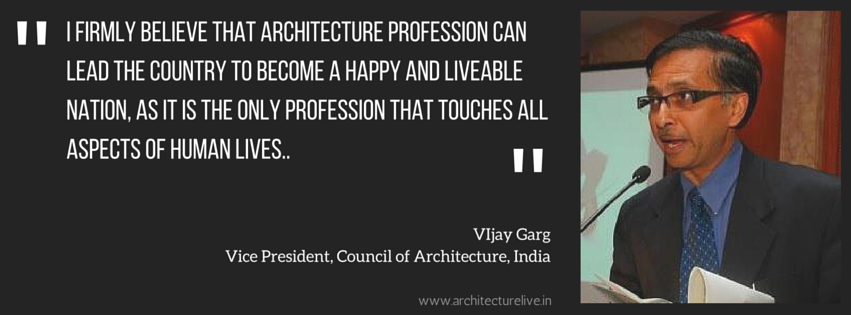
AL!: Where do you think education has largely suffered?
VG: There are about 28000 students studying architecture and we certainly lack not only the adequate number of teachers but also teachers of the required Quality. Deficiency of good teachers is the main reason why Education is largely suffering. Education also would need to focus on the Project delivery aspects in the future.
AL!: You shared that there is a deficiency of teachers. How does CoA plan to address this issue?
We will encourage Senior practitioners, with more than 15 years of experience to contribute to teaching. In my opinion, handling independently a large project is equivalent to undertaking a Ph.D. programme in itself. This will significantly improve the quality of education in the current Scenerio.
Research in the name of PhD, the way it is being practiced for following UGC norms by many Universities is questionable from professional aspects. The CoA will look into these and ensure that a more relevant policy is framed for ensuring that the Research topics are properly chosen for improving the quality of teachers pursuing PhD across the country.
CoA will also request Universities to recognize good work by professionals and provide them with equivalence to Ph.D for purpose for teaching. SPA has already amended rules for recognizing Equivalence to PhD for enlisting professionals from the Industry to benefit the Architectural education.
CoA will have a strong vigilance system of surprise Inspections to ensure that Institutions delivering Architectural Education do not flout any norms and courses are run as per the CoA regulations. If need be, we are ready to bring down this number to 20000 students by reducing intakes or shutting down colleges which lack infrastructure and faculty to ensure that the future of the profession is not at risk.
These changes should be visible in the next six months.
AL: Isn’t NIASA already running several programs to train teachers and uplift the quality of education?
No, in my opinion, NIASA’s main focus in the past has been on conducting NATA and students’ competitions. NIASA needs to play a bigger role in uplifting the quality of teachers and education across the country in the times to come. We are in the process of understanding the functioning of NIASA, for taking some decisions to propose the required changes at the earliest.
AL!: Will reducing the number of seats, or shutting down colleges, not affect the number of architects that our country needs?
VG: While I agree that we need lakhs of architects to bring in change, but our Goal has to be on the Quality and not just quantity. Our Architectural Education system, at the moment, does not seem to be ready to deliver these many number of architects. We must think clearly and act accordingly to augment the existing infrastructure with the required changes for producing competent and fully prepared students for entering the profession.
AL: Talking about NATA, has it made it easy for students to get into architecture?
NATA may have started with a good intention, but currently, this seems to be falling short of finding the right candidates for Architectural Education. Since the number of private Institutions is not being regulated, even the persons having very low scores in NATA are finding admission to Architecture Colleges. The new team of CoA will bring significant changes in the system to make it more meaningful for finding the students with the right aptitude to get selected through NATA.
AL!: Can you please elaborate more on the changes in NATA, that the CoA wishes to bring?
We might have to reduce the NATA centres to about 50 with only reputed Universities for conducting NATA in a fixed time frame on the JEE lines, where at a time 100 students give exams at few places, thereby reducing manipulations and malpractices by “vested interest groups”.
AL! – What is the reason so many students are opting for architecture education? Do you think the CoA has made it easy for students to get into architecture institutes?
VG: The lure of having a professional degree without having Science could be one of the main reasons. Since Architecture is not only about art, there is a lot of Technology and Science involved for building structures, Science will become a prerequisite for all students opting for architecture from 2018.
AL!: What will be the CoA’s vision about the profession in India?
VG: Architecture deals with every aspect of the human environment, be it history, arts, science, law, management, technology or environment.
I firmly believe that Architecture can lead the Cities of our country towards being better, more liveable and providing a more happy environment for a healthy living in the future.
My vision is to push for creation of New capitals in every state to get Design in a front seat in each city. History has proved that wherever Cities have given preference to good design, it has witnessed enormous progress. Architects must actively participate in the development of city or atleast immediate surroundings. All this can happen if we align ourselves to work closely with the government at all levels.
Delhi is one fine example, where an Architect Minister (Mr. Satyendar Jain) has demonstrated how using architects and architecture can bring in good development through innovation. We must make unified efforts to put design into every aspect of development to ensure a better quality of living.
AL! – How does CoA plan to create more awareness about the profession among people?
VG: Architectural awareness must be promoted at High school level. We have already approached several authorities to ensure that the syllabus in schools talk about the profession. At the same time, Institutes and students must start campaigns to connect with the cities and people outside their campuses.
AL! – What mechanism will the CoA adapt to address the grievances of professionals, students and the institutes?
VG: The CoA will be more approachable, people can write to us, come to office and meet and discuss the issues. CoA will also be lending organizational support to any initiatives by institutions, professionals, educators or students that would benefit the profession including education.
At the moment, the CoA does not have any forum online on Social Media, like Facebook or Twitter. Anyone who wants to contact us can write an email to us to discuss their issues. The CoA will certainly take feedback from discussions on the Social Media. We will also create an FAQ online, where people can get answers to frequently asked questions.
AL! – What message will you give to the young architects and the new students who have opted for architecture?
VG: Fresh architects should have an open mind to the changing needs of the society, and their priority should be the service to people. The centre of thought should be to create a happy environment for people, rather than only making money.
For the students, who have opted for architectural education, they should know that architecture is not an easy course. They should pursue it only if they are genuinely interested. And, if they need any counselling, the CoA will provide all kind of help to new students with understanding the intricacies of the profession.
My best wishes to all Institutes, Architects and the students, and an invitation to all for working together to create a happy nation.
—————————————————————————————————————————–
Credits:
Photo of Vijay Garg: Ar. Shamit Manchanda
Editing: Ar. Ashish Gupta

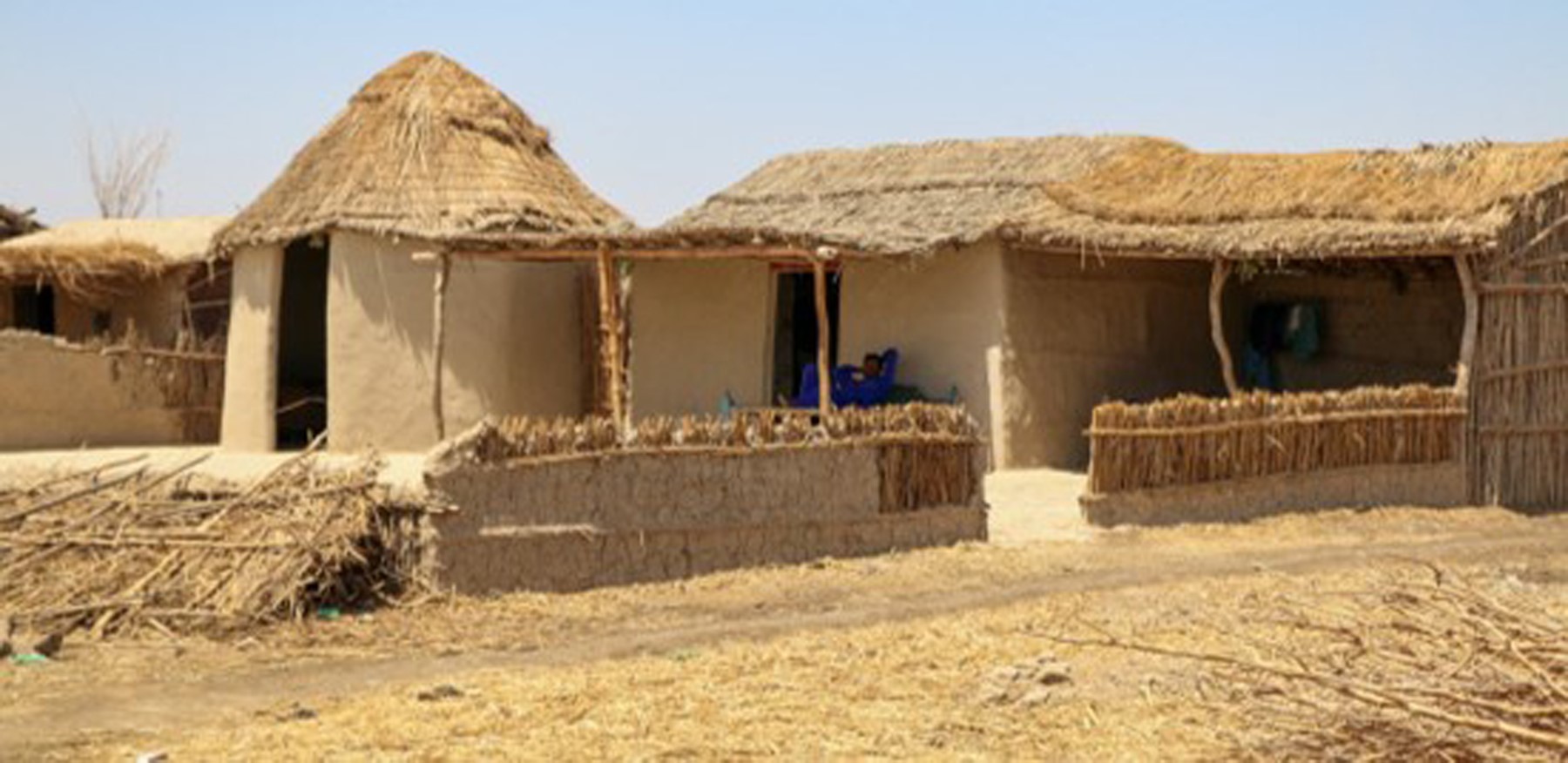

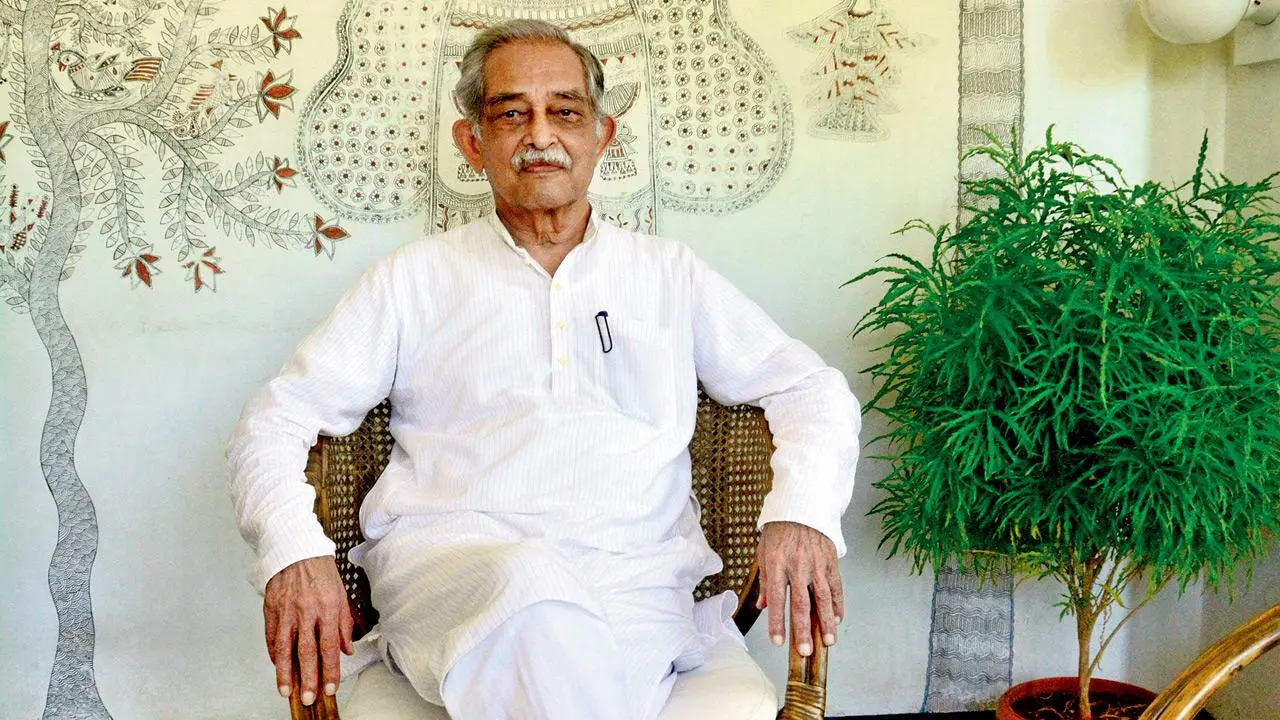

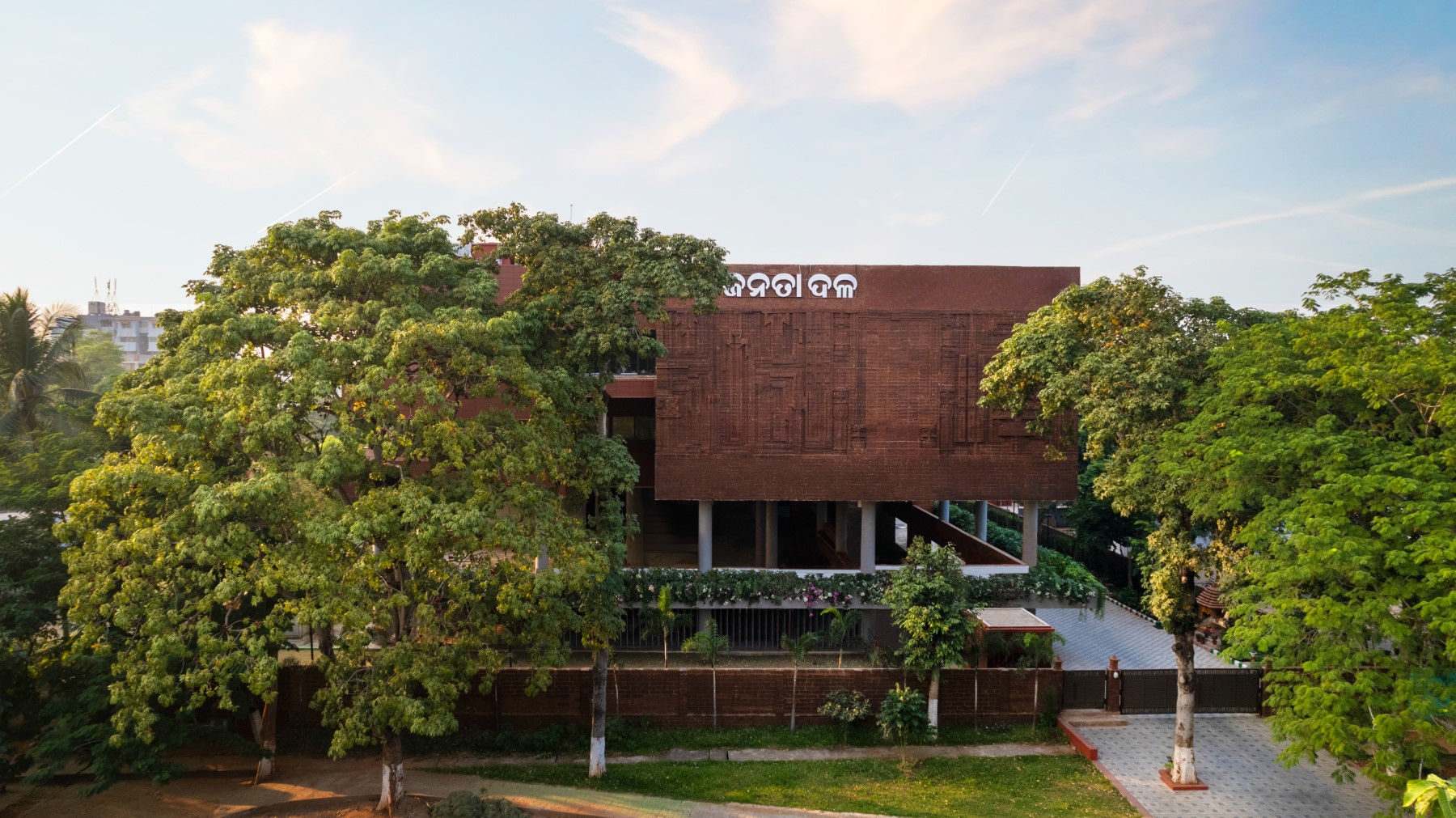
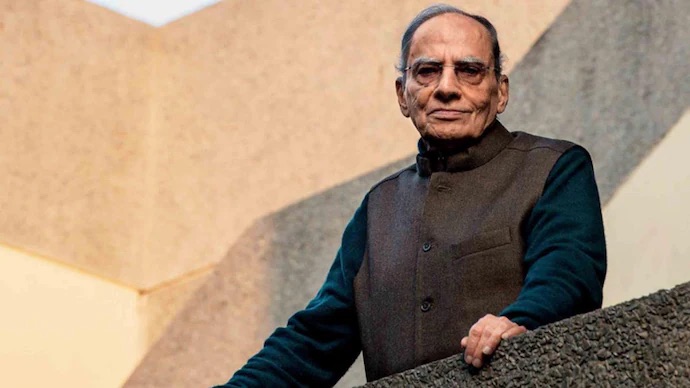
17 Responses
Hello sir..!!
I am an architectural student..
As you discussed as about the faculty ,that there should be good faculty for excellent teaching…
But sir , in many private colleges the faculty has paid less..
They are treated as a other stream faculties…
And ultimately they have to leave their jobs
And hav to move on to their fields…
There should be an provision in COA regarding the min.m salary paid to any architectural faculty..
This can create quality teaching..to the young architects..
Thank you sir
Please work on your English first. It is important to be able to communicate well in any profession, especially architecture.
Very good information provided by VP Ar Vijay Garg Ji
Intake must be max 40 in majority colleges and may be 80 maximum in big colleges only in metros….!!
Colleges preferably must open in big cities or state capitals only where we have already good built environment/buildings along with practicing architects , so that students can learn maximum in and outside college campus.
Few colleges in past few years have come up with only profit or status agenda having less students as well as teachers and are located in remote areas where even on weekends students can’t see good buildings/architects..!
Even practical training must be uniform ( same duration and same semester)
Rest will be submitted later.
Regards
Ar Sanjay Goel
Chairman-IIA Punjab Chapter
Director-Ludhiana Smart City Ltd Co
Shall write more in detail soon ji
Really happy to hear a very positive and focused thinking on improving the extremely sad state of architectural education in our country right now.Assuring you all support as an architect and faculty member.
Vijay Garg JI I am with you all the way. Any way to add value to architectural education and perception, please do not hesitate to add me in any way I can assist COA in its objectives. Five decades plus in this profession I want to share India Shine
Many congrats to Ar.Vijay Garg for being elected as COA VP. The concerns voiced by you are quite valid and needs to be rectified as soon as possible.
1. In the first place we must have some ceiling on number of colleges a city can sustain. Take example of Pune city. I think there must be minimum 15 colleges and one can imagine the situation about experienced faculty etc. with the result the quality of many colleges is very poor.So the number of colleges a city can sustain must be decided with utmost care.
2 I have observed that colleges manage up to Third Year but for Fourth and Final Year it is very difficult to get experienced teachers for Building technology, Building Services, Arch Design etc.
3.COA was mulling on the idea of allowing only few colleges to have full five years pattern and all other colleges located in tier II, III cities would impart education up to STAGE I only. After completing stage I the students will seek admission in select colleges to complete the advance course. This would certainly help in maintaining the quality of our course.
4.Efforts should also be done to introduce a scheme where students may spend say couple of years in the college and then start working as full time apprentice in a professional’s office and work and study from his house through virtual classroom and will appear for on line exams. The quality of such students will be definitely better than present students who have no site exposure what soever.
5.More stress will have to be laid out on structured approach of teaching, and assessment so that students will have to complete the assignments and qualify for minimum specified standard without which they will not be promoted in spite of pressure from management etc.
6. Lot needs to be done including the overall frame work and selection of NATA questions and it is really doubtful whether present format really tastes the aptitude of the students.
My best wishes to the new team.
I have observed that few institutes in tier two and three impart better knowledge. Very often the metros are only imitation centers.
One more thing we need to work for. COA needs to get many of the obsolete byelaws changed after discussing with development authorities. One such byelaw is related to balconies free from 3 sides. You are made to leave 6″ distance from side walls for not getting counted in FAR. Another is related to stilt height which should not be more than 2400mm. These days you have stalk parking where you can have double stalk in 3200mm. Third is related to EIA clearance for group housings. There shd be checklist of points we shd adhere to while designing. Once they are met, we shd get clearance. Clearance from EIA and green building shd be made online. Again for green building there shd be a checklist only in case of group housings. We need to lobby for our rights. We have competent designers in India but student exchange programme shd be there with other countries. There shd be a pool of experienced professionals who could volunteer their services to teaching institutes.
There shd be more of green building teaching in our institutes. More of real time JVs shd be encouraged with international firms.
If COA, really comes down heavily on Institutions flouting norms, then my personal observation is that nearly all them will be warned or may have to shut down. I am serious. Whether they have all the faculty and infrastructure in place is of no consequence, because of the rampant plagiarism at all levels -UG, PG & PHD. These half-baked students are entering the profession and the portals of various institutions as Faculty.
Dear Vijayji….To improve the qualitative teaching and to have good experienced teacher…i am very much in agreement to your suggestions of 15 and more years experienced professionals and teachers should be recognised by universities via COA introduced mechamism as equvivalent to PhD. So that it shall resolve d problems of having name sake ‘In Charge Principal’ at the helm of the affairs of college administrations as well as to encourage and open d avenues to have experienced and senior professionals as qualified Teachers.
Hello sir
I am architecture student. You discussed above about nata exam which is the first step and also pretty much unorganized, usually candidates appearing for the exam got to know about it when they are facing the paper, they don’t have enough knowledge beforehand how to get prepared for NATA, i am one of such student. I just scored 96 in my exam for the same reason. And what they have for aptitude test isn’t upto the mark, students got the conduction process only when they have been sitting in front of computer screen.
Second issue is when students approach for the field, they consider architecture all about making lines and relative sketches. They aren’t aware what they are exactly gonna do after opting this. More than anything, first, proper counseling should be provided by appropriate counselors at the level of 10th standard in schools.
Hello sir….i am incharge principal at one of the institutes…qualitative faculty and their salary is major issue…..but coa can give initial permission of 40 seats only for first five years…..if institute is stable for five years then only they should be able for additional intake……as these willforce the management to adopt qualitative faculty and maintain and manage and develope them also…..
The inner desire to learn share and learn is not based on salary or tenure. Same in practice and teaching. One can profess and dialogue, hoping the FEW that are will be inspired by this most DIFFICULT profession and subject (which any layman or woman also implements). From Theory to imagination to innovation, every project is a search and research (I can only laugh when people come for PHDs without an iota of understanding)
It is a long journey COA is only a DL the journey is your own. Schools are only pathways, as one must drive on something. They matter only for tools.
A very individualistic profession which integrates LIFE in all its dimensions and Avatars.
Learn to enjoy the hardships as well as the sense of achievement ……….
It was quite promising when one meets the people with the vision after reading the thoughts and ideas about future course of the architecture education and profession which at least somebody has understood the ground reality and there is no hypocritical approach.It is a mammoth task to address the complex issues of basic aptitude to true teachers along with the pedagogical areas to upheld to the global standards. we all as academia and industry have to accept the reality and the results of the policies and processes. we all as fraternity have to instill the values and ethics along with maintaining the academic and professional standard as our social commitment. it is a struggle with a mission. the determinations of the policy decision makers is really strong and hope it to go long way. our wishes and support to the thinking. A tiny thought always turns into big task and any tiny task has equally serious ideas…
Congratulations to Ar Vijay Garg. I was into teaching for past 16 years and doing practice also. I personally feel that architecture course cannot be taught by faculty who are not in the profession. Eventhough we insists on
Visiting faculty this doesn’t help as the inhouse faculty would not be aware of professional advancement. Somewhere there should be long term courses offered for a year or 6 months which inhouse faculty need to take for upgrading themselves and be in par with professional advancement.The syllabus for the program also need to be revamped which would enable the students to learnand upgrade their skills rather than knowledge base. Looking forward change in Architectural Education.
Vijay Garg ji you have talked very well on providing quality architectural education to the students but what about the new school being opened in jammu where all the rules have been flouted and the faculty has been inducted by way of back door appointments. Do you think such practices should be encouraged? It is pertinent to mention here that the council nominee was also in the panel when the selection was made? Who is going to look into these matters? I hope some transparency should have been made in the selection process.